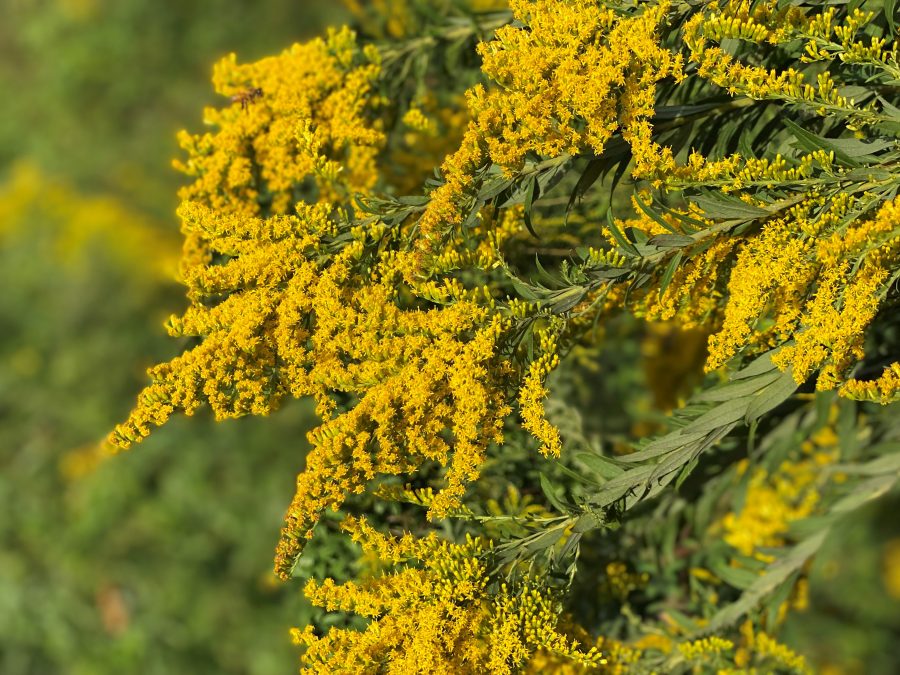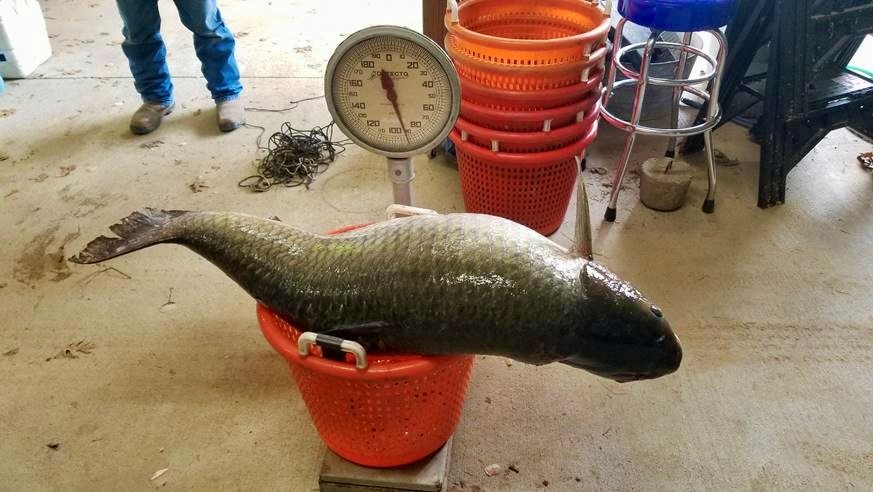
Kennedy meets with LABI: “I am grateful for the jobs you create for Louisiana”
October 18, 2022
Cannata’s presents Drink Pink event benefiting MBP
October 19, 2022By Heather Kirk-Ballard, LSU AgCenter Horticulturist
If you are like me, you suffer from seasonal allergies — sneezing, headaches, itchy eyes and coughing, all due to pollen from local, native plants that bloom in autumn. Among many culprits, two of the most common are goldenrod and ragweed.
Both plants bloom at roughly the same time each fall, but goldenrod often gets the blame for the problems caused to allergy sufferers. It is possible, although rare, to be allergic to goldenrod. Your seasonal sniffles are most likely caused by ragweed.
The ragweed plant itself is actually quite inconspicuous. Ragweed (Ambrosia spp.) is an annual plant that has small green flower spikes. The flowers are not showy because they are not meant to attract pollinating insects.
Rather, this plant relies on wind pollination — part of the reason ragweed is so aggravating. It produces vast amounts of pollen whose particles are extremely small and lightweight, making it easy to be carried hundreds of miles and far more allergenic.
Ragweed is responsible for the majority of fall pollen-induced allergies, but many people point fingers at goldenrod, which is more noticeable in the landscape this time of year. Goldenrod’s gorgeous, showy yellow flowers are attractive to pollen-spreading insects such as bees, beetles, butterflies and wasps. In contrast to ragweed, goldenrod pollen has large, heavy particles that do not move very far from the plant without the help of pollinators that carry the sticky pollen from flower to flower.
There are several ways to tell the two plants apart. To begin with, ragweed has green flowers, it does not grow as tall as goldenrod and the leaves are divided, resembling fern leaves. Ragweed is highly branched from the bottom upward. Goldenrods have foliage that is more strap-like with large, yellow flower spikes on top.
Goldenrods (Solidago spp.), like sunflowers, are native to North America and are flowering perennials that sport bright yellow blooms in late summer, usually mid-August, through the fall. With more than 100 different species, goldenrods are members of the aster family.
You can find them on roadsides and forests growing alongside native sunflowers and other blooming asters. Most species have an upright growth habit and can reach heights of 3 to 4 feet. Many of the species are branched with flower heads that resemble a daisy and supply abundant nectar in full-sun areas. The aboveground parts have been used as an herbal medicine throughout history.
Goldenrod is an easy-care herbaceous perennial that tolerates a wide range of soils as long as they have good drainage. Plants grow best and offer the most flower production in full sun. Plants are drought tolerant once established and require minimal care. They return each year, and clumps should be divided every five or so years.
Goldenrods are beginning to show up in the nursery trade, with even showier golden blooms than wild flowers. Some ornamental goldenrods are Crown of Rays, Fireworks, Golden Baby, Gold Rush, Little Lemon and Solar Cascade. Ornamental varieties are shorter and less aggressive than most native species of goldenrod, and this makes them more adaptable within any sunny perennial garden.
Pair goldenrods with purple-blooming asters, salvias or mums, and you’ve got a gorgeous purple and gold fall display that no Tiger fan would turn their nose up to!
If you wish to control ragweed, it is best to do so early on before the plants begin making pollen. They can be hand pulled or mowed to prevent pollen release from flowers.
Ragweed also can be controlled with nonselective herbicides such as glyphosate; you’ll get the best results if the plants are still small. Follow the manufacturer’s label. Glyphosate is a nonselective herbicide and will kill all plants it touches.








